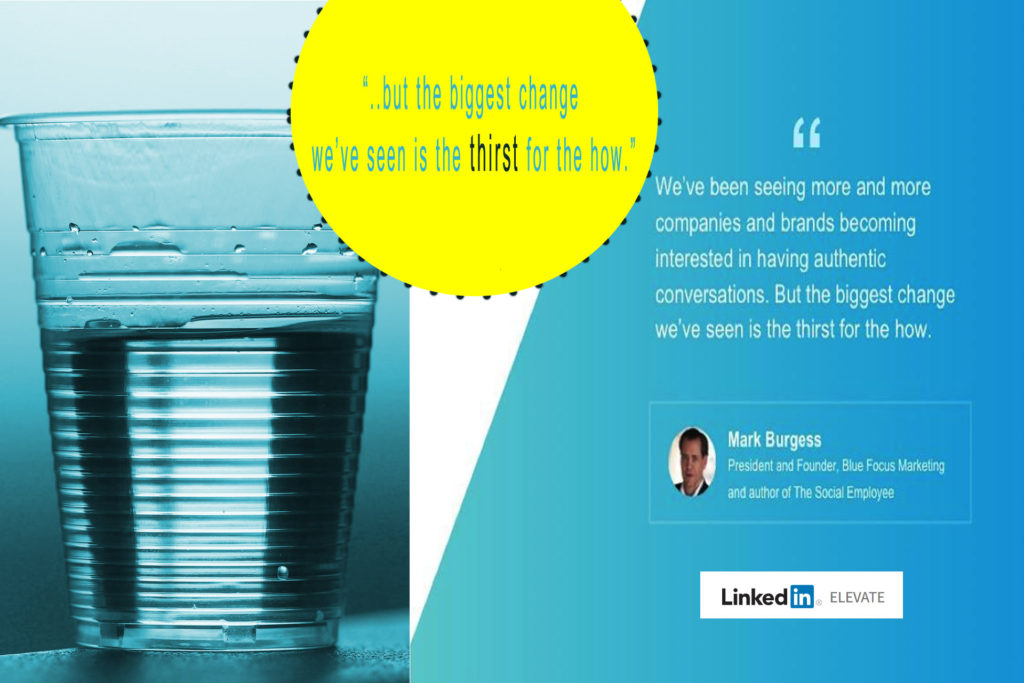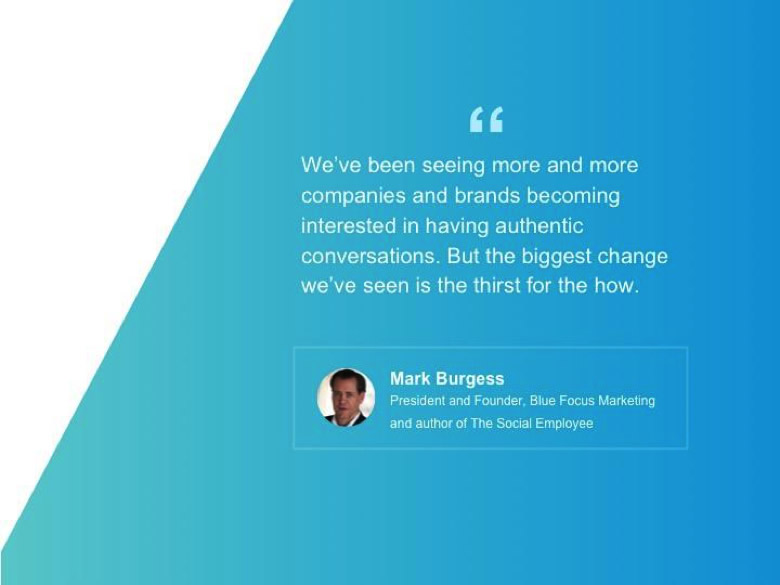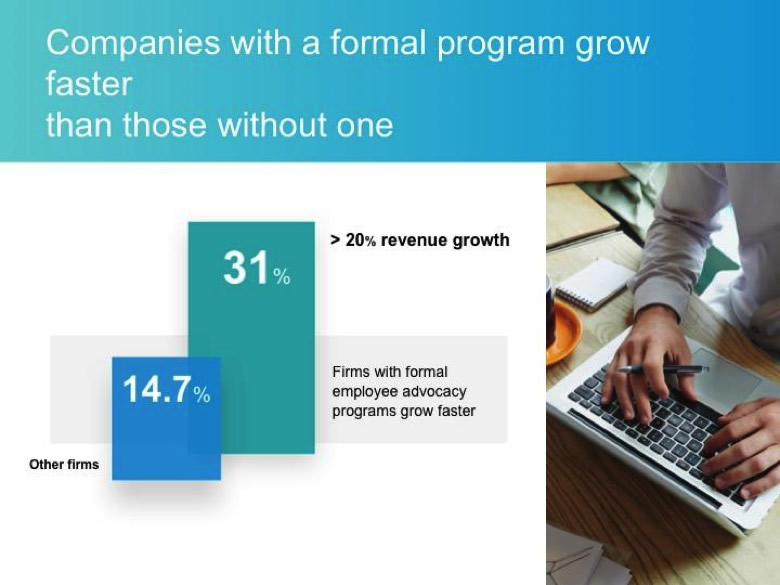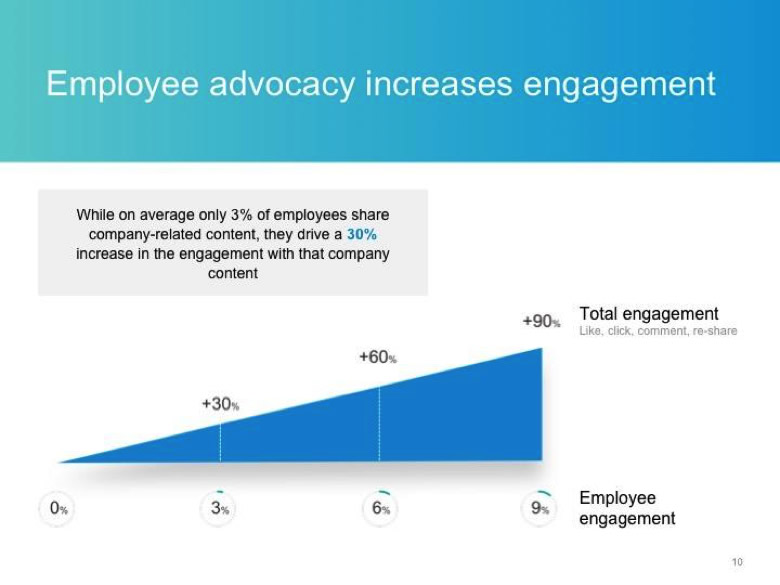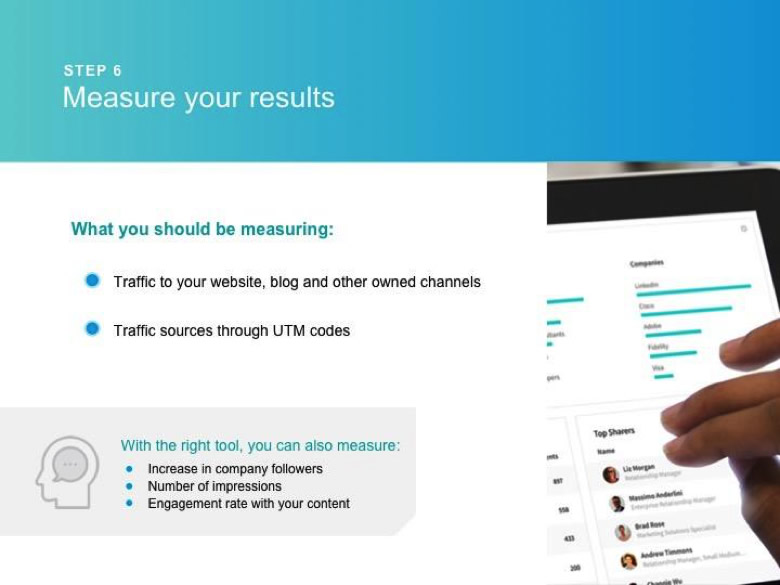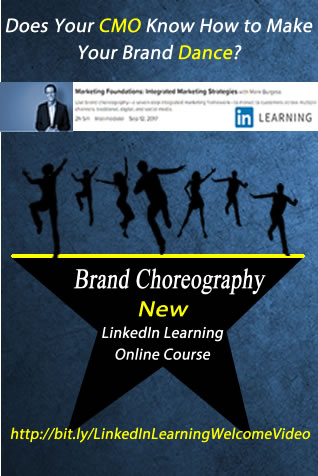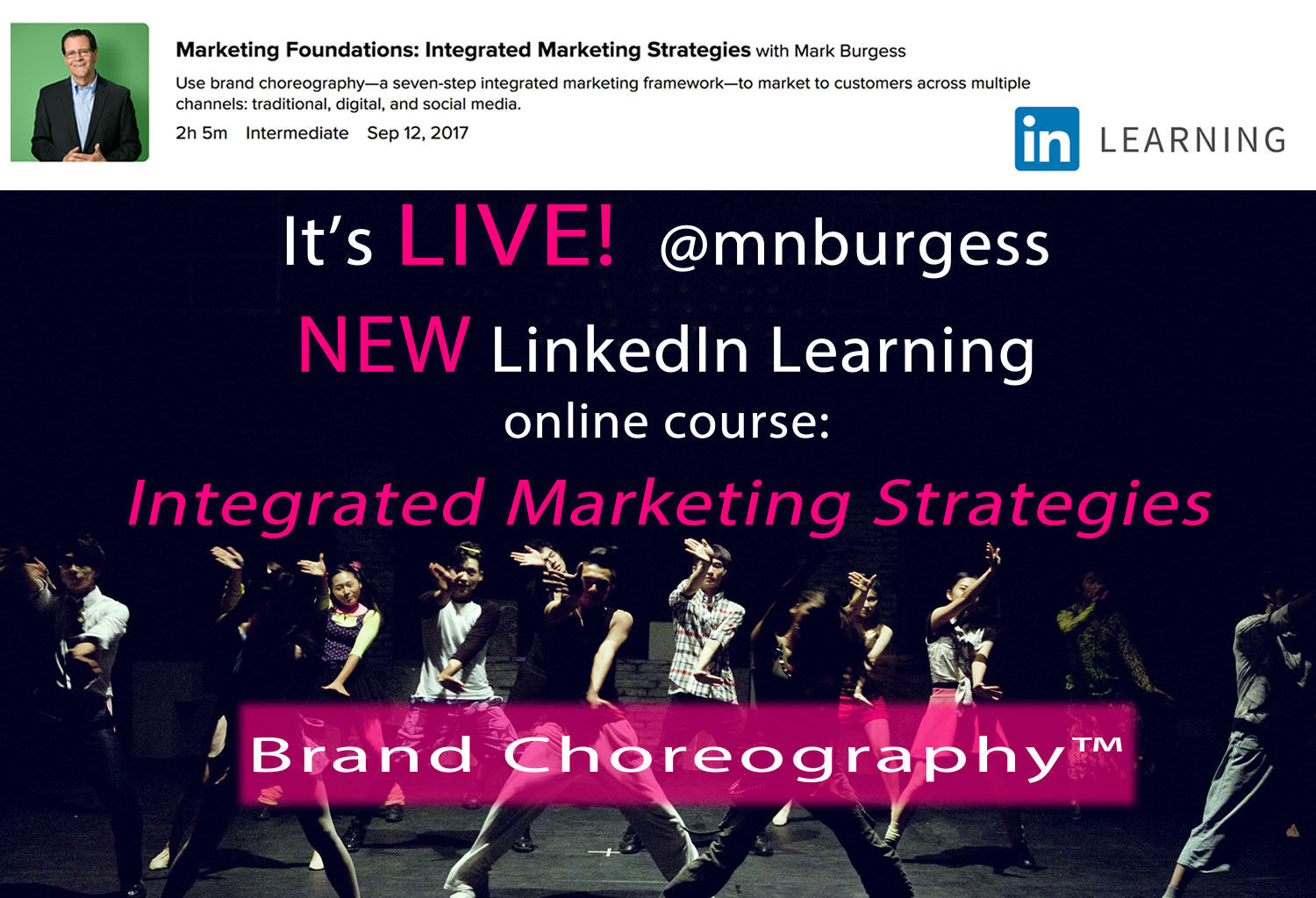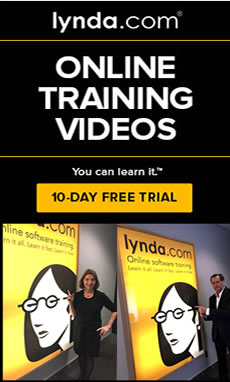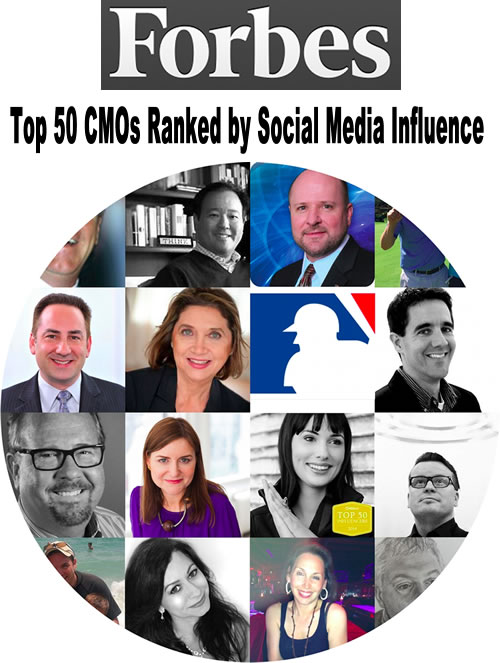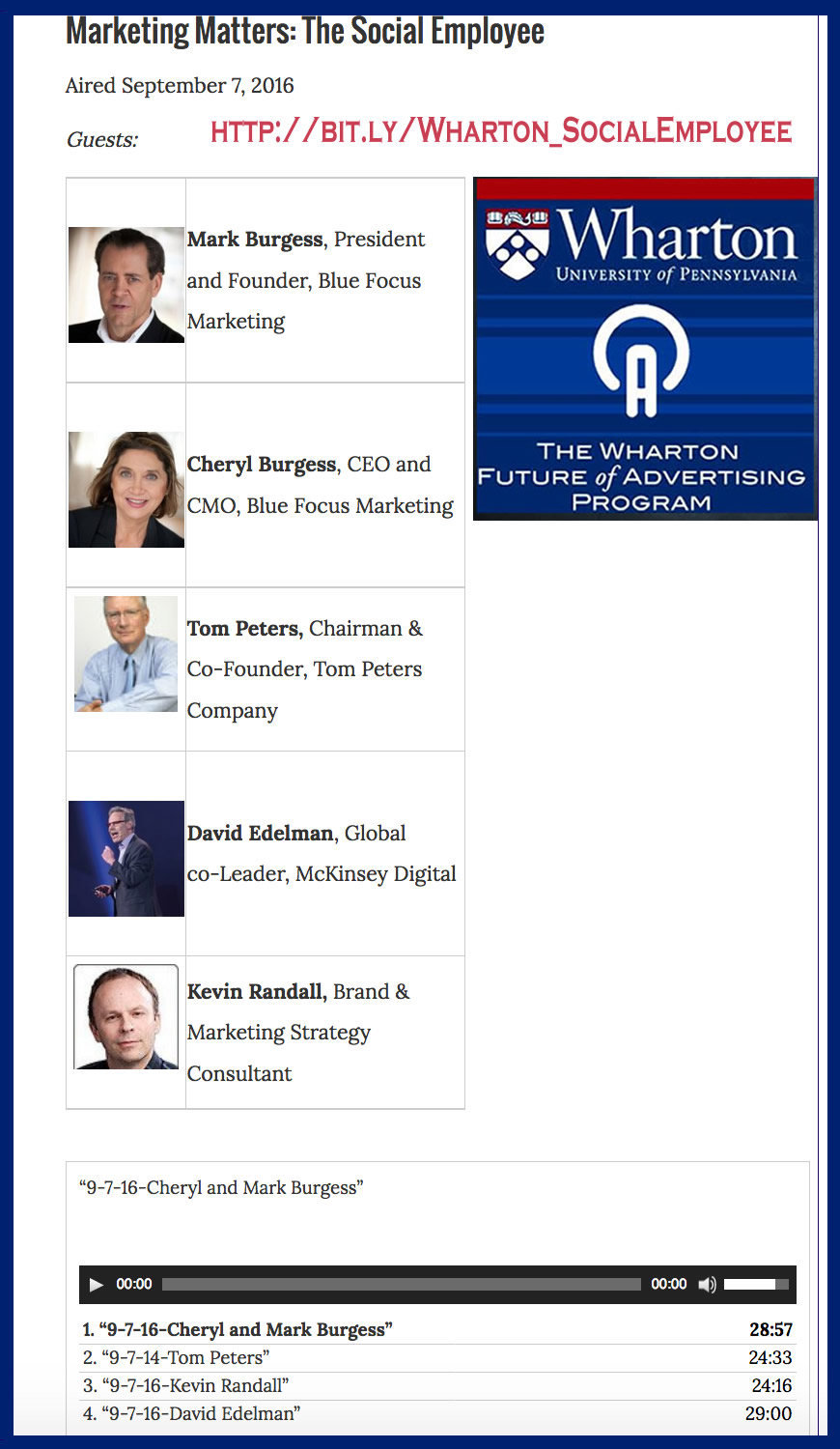How can social marketers learn to stop dreaming and
start doing?
The modern marketer has a simple enough mandate: create content. But then what? Good content doesn’t just share itself, after all. That’s the job of your social employees.
In a recent webinar, “How to Increase Your Content Reach and Engagement Through Employee Advocacy,” LinkedIn Elevate explored employee-driven content marketing in detail. Hosts Katie Levinson, Daryl Drabinsky, and Alex Rynee engaged their audience by demonstrating not only the why of social employee advocacy, but also the how. And as a pleasant surprise, I was honored to discover they even used one of my own quotes to kickstart the conversation:
Thanks to the Elevate team for quoting me! Here are some of my other favorite highlights from the webinar, and my thoughts on what we can take away from them.
How #1: Commit to a formal program
Digital branding matters—a lot more than many organizations think. But it’s not enough to just create a branded Twitter account and stick a low-level employee in charge of it. Data shows the “provide and pray” approach doesn’t work. And while brands are increasingly making content a priority, CMOs still admit that their social efforts aren’t well-integrated with the rest of their branding efforts. But money—and the bottom line—talks: Formalize your employee advocacy program, and watch your revenues grow.
How #2: Expand your digital footprint
Sharing through branded channels isn’t enough. In fact, it’s not nearly as effective as sharing through employee-controlled channels. In our book The Social Employee, IBM leadership likened this effect to a bag of marbles. Think of your brand as a baseball and your employees as a bag of marbles. They could have roughly the same mass; if you dropped them in the bucket, they would displace about the same amount of water. However, the marbles have a great deal more surface area—meaning an exponentially greater amount of touchpoints for employees to interact with customers. This is the fundamental genius of social employee advocacy.
How #3: Measure your results
Social employee advocacy isn’t all about increased leads and sales—although there is plenty of data to suggest a strong correlation between the two. As host Katie Levinson said in a recent blog post, “Measurement is a crucial part of a successful employee advocacy strategy. Choosing the right metrics and monitoring progress can help keep employees motivated, help the program improve over time, and demonstrate ROI to upper management.” Levinson categorizes measurement into three distinct categories: content engagement, employee activation, and business outcomes.
Of course, there’s a relationship between three categories—activated employees create and share more compelling content, leading to better content engagement and ultimately better business outcomes. But it’s important to keep these categories distinct and apply different metrics to each. That way, when you start to get the feeling that your social employee advocacy program might not be bringing the returns that it should, you’ll be able to pinpoint which part of the process needs refining. Establishing a good measurement system is a pressing issue for 2017, as a surprisingly large percentage of CMOs still aren’t sure how to measure the success of their social programs.
What other social employee advocacy tips are you championing within your organization? Share your thoughts in the comments.
